14th Arrondissement
Montparnasse
Our walk starts off at the fabled Parc Montsouris, which was built during the reign of Napoleon III’s and Baron Haussmann’s great reorganization of the city.
From here we head north and west through Villa Seurat, named after the famous pointillist painter. At 18 Rue Villa Seurat, Henry Miller lived for several years, throwing wild parties and writing Tropic of Cancer. The street was also home to Salvador Dali.
At the end of the street, we head north on Rue de la Tombe Issoire, stopping by to say hi to Jim Haynes at his Atelier A-2. Haynes has hosted weekly salons open to any and everyone at this address for thirty years.
At the intersection of Rue de la Tombe Issoire and Rue d’Alesia, we head west along Alesia and peek in on some of the popular brocante shops.
Read moreAt the intersection of Alesia and Avenue du General Leclerc, we take the large avenue and head north east all the way up to the intersection with Rue Daguerre and turn left. Rue Daguerre plays host to some great organic wine shops such as Cave des Papilles and a very classic Parisian neighborhood.
After strolling west along Rue Daguerre, take Rue Boulard north (right) on into the Montparnasse Cemetery. Boulard turns into Rue Victor Schoelcher which you can follow all the way to its end which merges onto Boulevard Raspail.
During the period between wars known as Les Années Folles, the artists of Montmartre moved into the dirt cheap ateliers of Montparnasse, and it quickly became the new center of Paris artistic and intellectual life. James Joyce, Hemingway, F. Scott Fitzgerald, Modigliani, Max Ernst, Jean Cocteau and Picasso were among the starving writers, poets, sculptors and painters who frequented the cafés along Boulevard Montparnasse, such as the Clôserie des Lilas, Le Dôme, La Rontonde, Le Select and La Coupôle.
The neighborhood still shows signs of artistic life, with young students from around the world toting the
tell-tale weathered portfolios of the serious artist, particularly around the art supplies shops and arts academy of the Rue de la Grande Chaumière. Walk down Boulevard Raspail, where many old ateliers have been converted into upscale housing (number 240, for example). Man Ray and his muse Kiki lived behind the beautiful ceramic façade at 31 Rue Campagne Première, and newcomers to the city such as Picabia and Marcel Duchamp stayed next door at the Hôtel Istria. Continue down the Boulevard Raspail to the Fondation Cartier pour l’Art Contemporain, a contemporary art and culture exhibition center opened in 1994 in a unique glass and steel building by the architect Jean Nouvel. The glassed-in gardens outside are designed to look wild (although sometimes they just look unkempt), with a “fallen tree branch” water fountain and a cedar planted in 1823 by the land’s former owner, Chateaubriand.
The foundation houses a large and respected collection of modern and contemporary works with regular exhibitions. The venue also presents regular Nomadic Nights, devoted to the contemporary performing arts such as dance, music and video, Thursday evenings from 8:30pm (reservations necessary). The colorful building across the street is the Ecole Spéciale d’Architecture, whose architecture was inspired by the Pompidou Center (closed to the general public). When you’re done oogling at all the work there, head north on Raspail until you reach the metro stop Vavin at Place Pablo Picasso. This is a great area to take a café and relax, with many good shops and restaurants.
Boulevard Raspail ends at the busy Place Denfert Rochereau, with traffic swirling around the bronze Lion of Belfort statue by Bertholdi, commemorating one of the few victorious battles of the Franco-Prussian War of 1870. Just behind the statue is a square with one of the old Ledoux city gates. The discreet green cabin around the southern side of the square is the entrance to the Catacombes (look for the lines of people), built in the old quarries in the 19th century to accommodate the exhumed remains of over six million Parisians crowding the inner city’s cemeteries.
Take the pedestrian-only Rue de Grancey (from the southwest corner of the Place Denfert Rochereau) to the Rue Daguerre. This authentic Parisian market street has a small neighborhood feel to it, where everyone seems to know each other and prices haven’t been driven up by tacky souvenir shops…yet. Don’t miss the wooden toy shop, Les Cousins d’Alice at number 36 and Paris Accordéon at number 80, a shop and museum dedicated to the humble accordion (they give lessons, too).
Turn right on the Avenue de Maine to enter the Cimetière du Montparnasse from the corner of Rue Froidevaux (the main entrance is at 3 Boulevard Edgar Quinet). Opened in 1824, this cemetery can’t match Père-Lachaise in size or fame, but it certainly has its fair share of prestigious inhabitants, including Samuel Beckett, Simone de Beauvoir and Jean-Paul Sartre, Charles Garnier, Eugene Ionesco, Man Ray, Serge Gainsbourg, George Sand and Jean Seberg. Some of the more interesting sculptures include a polychrome cat by Nikki de Saint-Phalle and a birdman by Tinguely.
Exit the cemetery from the Allée Principale, turning left onto the Boulevard Edgar Quinet. There’s an open produce market in the central alley of the boulevard every Wednesday and Saturday morning (7am- 2:30pm) and an arts fair every Sunday (10am until sunset). There are still a few surviving vestiges of Montparnasse’s cabaret glory days down the narrow Rue de la Gaîté, although many of the old theatres have evolved into the neon peep shows like those found in Pigalle. Streets such as the Rue d’Odessa, Rue du Montparnasse, Rue Delambre and Rue du Maine are lined with authentic Breton crêperies left over from the days when the Gare Montparnasse was the main station for passengers arriving in Paris from the Brittany coast.
L’Entrepot
7/9 Rue Francis de Pressensé
Ph. 01 45 40 07 50
Hours Depending on performance schedules
Metro: Pernety (13)
Jim Haynes Atelier A-2
83 Rue de la Tombe Issoire
Ph. 01 43 27 17 67
Hours Dinners held on Sunday at 8pm
Metro: Alésia (4)
Item Editions Art Gallery
51 Rue du Montparnasse
Ph. 01 43 35 35 35
Hours M-Thurs 9am-8pm, Fri 9am-4.45pm
Metro: Montparnasse – Bienvenüe (4,6,12,13)
Fondation Cartier pour l’art contemporain
261 Boulevard Raspail
Ph. 01 42 18 56 50
Hours Tues-Sun 11am-9pm (Tuesdays until 10pm)
Metro: Raspail (4, 6)
Marché aux Puces de la Porte de Vanves
Avenue Georges Lafenestre and Avenue Marc Sangnier
Hours Sat & Sun 7am-5pm
Metro: Porte de Vanves (13)
Cimetière de Montparnasse
3 Boulevard Edgar Quinet
Ph. 01 44 10 86 50
Hours 7/7 Mon-Fri 8am-6pm, Sat 8.30am-6pm, Sun 9am-6pm
Metro: Edgar Quinet (6)
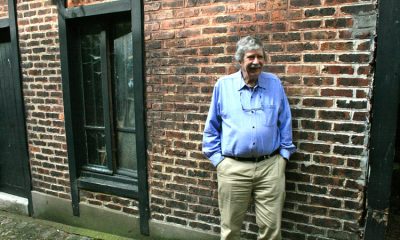
Jim Haynes – Atelier A-2 and Sunday night salons
Words: Jill Pope Images: Alex Leggett I imagine that journalists the world over are united in their trepidation of interviewing people who have reached “legendary” status. It’s hard to know how to probe beyond… Read more
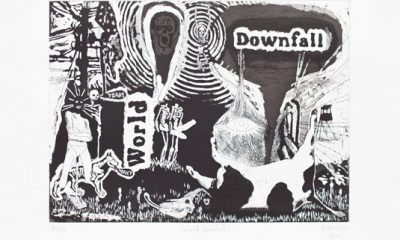
Item Editions
Words: Pamela Price A quirky gallery in the 14th dealing with (mostly) works on paper, and especially lithography, that’s easy to walk by – but take the time to stop and examine the treasures inside,… Read more
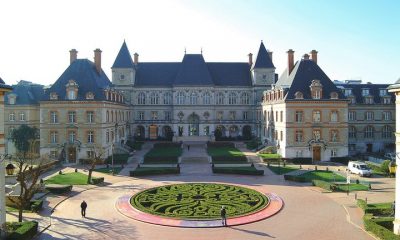
Cité Universitaire
Cité U ‘s eclectic campus houses around 5000 foreign university students, researchers, artists and trainees of around 132 different nationalities. Spread over 34-hectares of wooded grounds 37 houses, foundations or colleges, each with its own… Read more
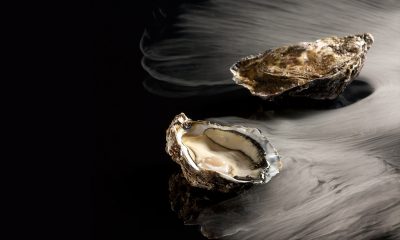
Le Bar à Huitres
The saying goes: “Never eat oysters in a month without an ‘R’ in it.” or as P.J. O’Rourke put it “Never serve oysters in a month that has no paycheck in it.” When you have… Read more
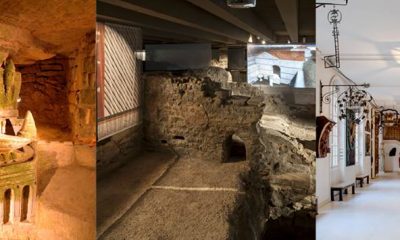
Les Catacombes
3 to 5 metres deep, 300 km long, the city of Paris is sitting on a lacework of stone, much of which was used as a crypt when cemeteries were at breaking point. Delve deep… Read more
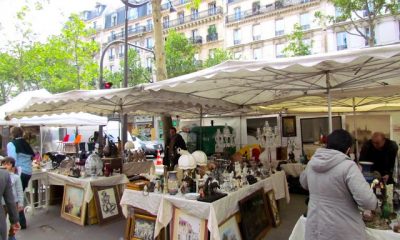
Vide Greniers and Brocantes in Paris
This is a type of French garage sale (or car boot/jumble sale if you’re British)– the phrase vide grenier means”attic clearance”. Read more
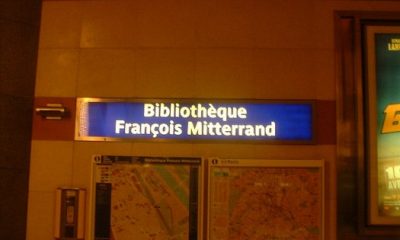
Paris Libraries
Image: Matthew Black My world expanded somewhat when I found out about Paris’s libraries. And all for free. There are even specialist Libraries in different arrondissement – 1er Music, 4eme Fine Arts, Graphic Arts, History of… Read more
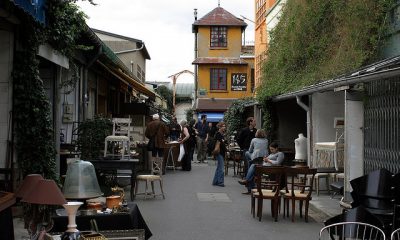
Marché aux Puces/The Best Flea Markets in Paris
Image: Jori Avlis Flea markets are a Paris institution. The love of antiques and vintage items – not to mention the treasure trove that some people with family heirlooms are sitting on – make these… Read more
